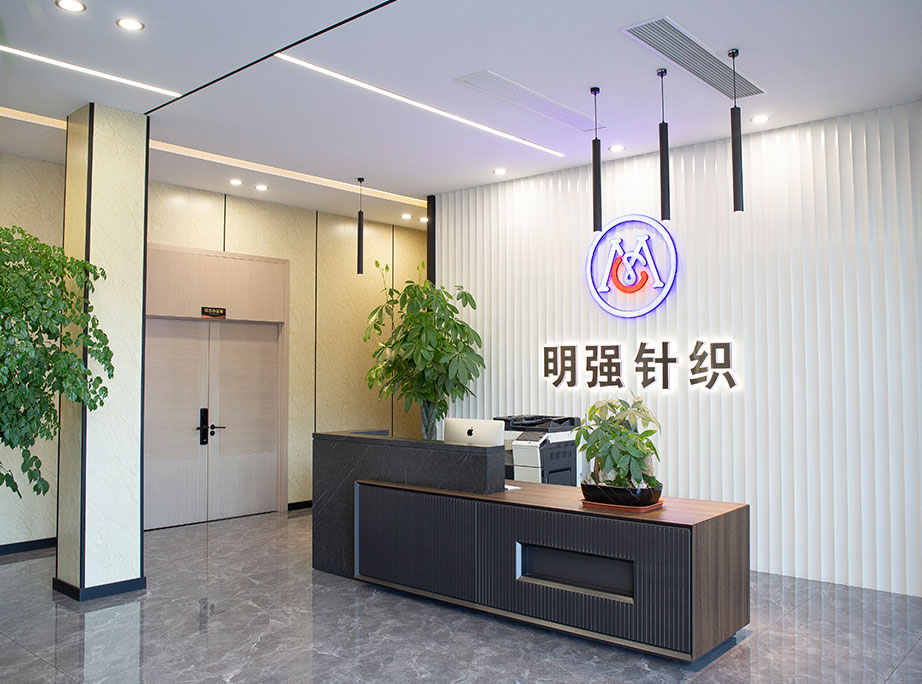1. Wool: Wool was the most common fiber used in Roman textiles, including double-sided cloth. It was readily available, versatile, and provided warmth and durability. Different grades of wool were used, ranging from coarser fibers for utilitarian purposes to finer and softer fibers for high-quality textiles.
2. Linen: Linen, derived from the flax plant, was another widely used material in Roman textiles. It was valued for its coolness and lightness, making it suitable for warm climates. Linen was often used for undergarments, tunics, and other lightweight garments.
3. Silk: Silk, though expensive and luxurious, was occasionally used in Roman textiles, particularly for the upper classes. Silk was imported from China and other regions of the East through trade networks. It was highly prized for its smooth texture, vibrant colors, and lustrous appearance.
4. Cotton: While cotton was not as common in Roman textiles as wool or linen, it was occasionally used. Cotton fibers were imported from Egypt and other regions where cotton cultivation was prevalent. Cotton textiles were valued for their softness and breathability.
5. Synthetic dyes: The Romans were skilled in the art of dyeing textiles, and a variety of natural and synthetic dyes were used to create vibrant colors. Synthetic dyes, such as madder and woad, were employed to achieve a wide range of hues, including reds, blues, and purples.
6. Metallic threads: Metallic threads, such as gold and silver, were occasionally incorporated into Roman textiles, particularly for decorative purposes. These threads added shimmer and luxury to the fabric.
It is important to note that the availability and use of specific materials varied depending on factors such as geographic location, social status, and fashion trends of the time. Additionally, regional variations and local preferences might have influenced the choice of materials in different areas of the Roman Empire.
How does double-sided Roman cloth compare to modern-day textiles in terms of quality and craftsmanship?
Comparing the quality and craftsmanship of
double-sided Roman cloth to modern-day textiles is challenging due to the vast differences in time, technology, and cultural context. However, some general observations can be made:
1. Craftsmanship: Ancient Roman textiles, including double-sided cloth, were often produced through labor-intensive and skillful craftsmanship. Roman weavers used techniques such as warp-weighted looms and intricate patterns to create their textiles. The attention to detail, precision, and mastery of techniques exhibited in Roman textiles demonstrate a high level of craftsmanship.
2. Durability: Roman textiles, especially those made of wool, were known for their durability. Wool fibers provided strength and resilience, making the fabrics capable of withstanding wear and tear over time. Double-sided Roman cloth was often made of sturdy materials, ensuring longevity.
3. Natural Materials: Ancient Roman textiles predominantly used natural fibers such as wool, linen, and silk. These fibers were sourced from animals, plants, or insects, offering unique properties and textures. The use of natural materials gave Roman textiles a distinct character and aesthetic.
4. Limited Color Palette: Ancient Roman textiles generally had a more limited color palette compared to modern textiles. Natural dyes derived from plants and minerals were used to create a range of colors, but the choices were not as extensive as the synthetic dyes available today.
5. Technology and Innovation: Modern textile production benefits from advanced technology and machinery, allowing for mass production, consistency, and intricate designs. In contrast, ancient Roman textiles were produced using manual techniques and hand-operated looms. The lack of mechanization limited the scale and complexity of production.
6. Design Complexity: Roman textiles often featured intricate patterns, motifs, and borders. The designs were achieved through various weaving techniques, including tapestry weaving and brocading. However, modern-day textiles can incorporate a wider range of intricate and complex designs due to advancements in technology, such as computer-aided design (CAD) and digital printing.
Did double-sided Roman cloth have any influence on later textile production or design?
There is limited direct evidence to suggest that double-sided Roman cloth had a significant influence on later textile production or design. However, the broader Roman textile tradition, including double-sided cloth, could have indirectly influenced subsequent textile practices in various ways:
1. Technological Knowledge: The techniques and skills employed in Roman textile production, such as weaving, dyeing, and pattern-making, were valuable knowledge that could have been passed down through generations and regions. This knowledge could have influenced later textile production, particularly in areas that came into contact with Roman culture and traded or interacted with Roman textiles.
2. Trade and Cultural Exchange: Roman textiles, including double-sided cloth, were traded throughout the vast Roman Empire and beyond. This trade facilitated the exchange of textile goods, techniques, and ideas with other cultures. It is plausible that Roman textiles, with their unique characteristics and craftsmanship, had an impact on local textile traditions in regions that had contact with the Romans.
3. Aesthetic Influence: The visual aesthetics of Roman textiles, including the use of patterns, motifs, and colors, might have inspired subsequent textile designers and artisans. Although direct connections may be challenging to establish, the overall aesthetic sensibilities and design elements of Roman textiles could have influenced the development of later textile designs in different regions and time periods.
4. Reversible Fabrics: The concept of double-sided cloth, with its reversible nature, may have influenced later textile traditions that incorporated reversible fabrics or motifs. The idea of having two distinct sides to a textile, allowing for versatility and variation in appearance, might have resonated with textile artisans in later periods.
It's important to note that textile production is a complex and evolving field influenced by multiple factors, including technological advancements, cultural interactions, and regional preferences. Therefore, while direct evidence may be limited, the broader Roman textile tradition, including double-sided cloth, could have contributed to the evolution and development of subsequent textile production and design practices.










